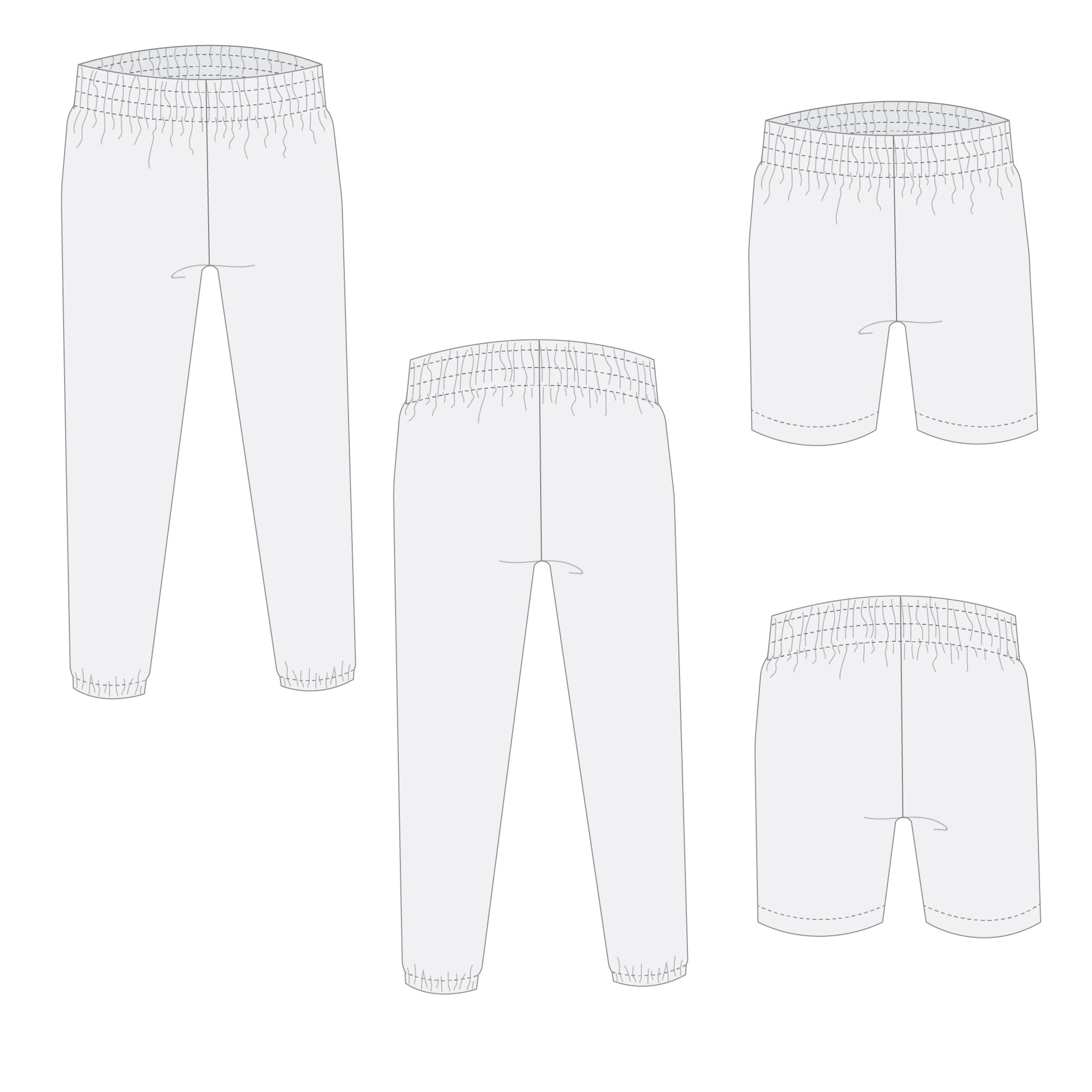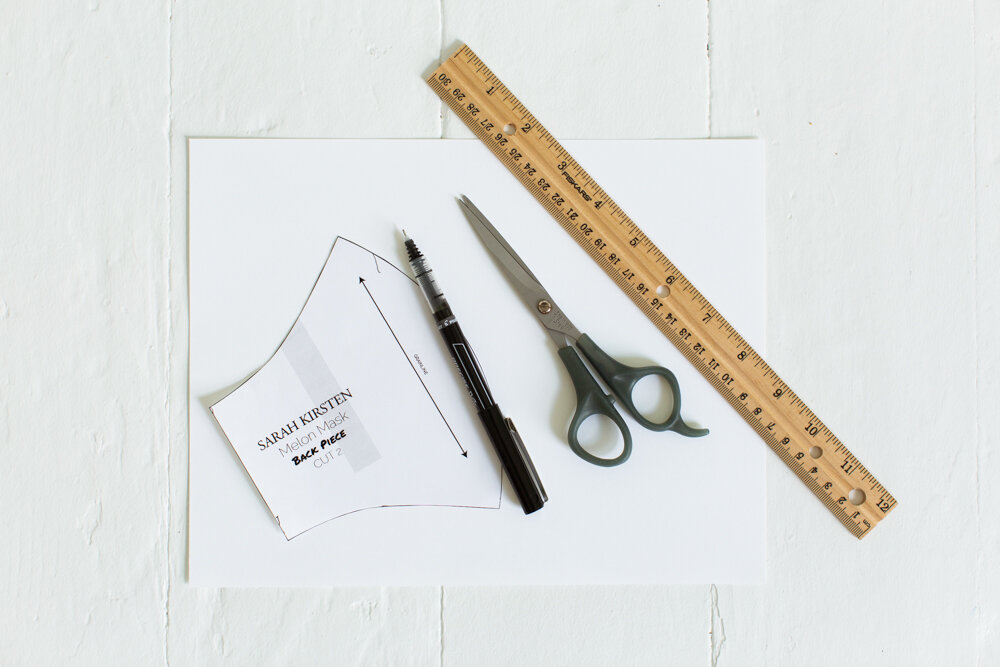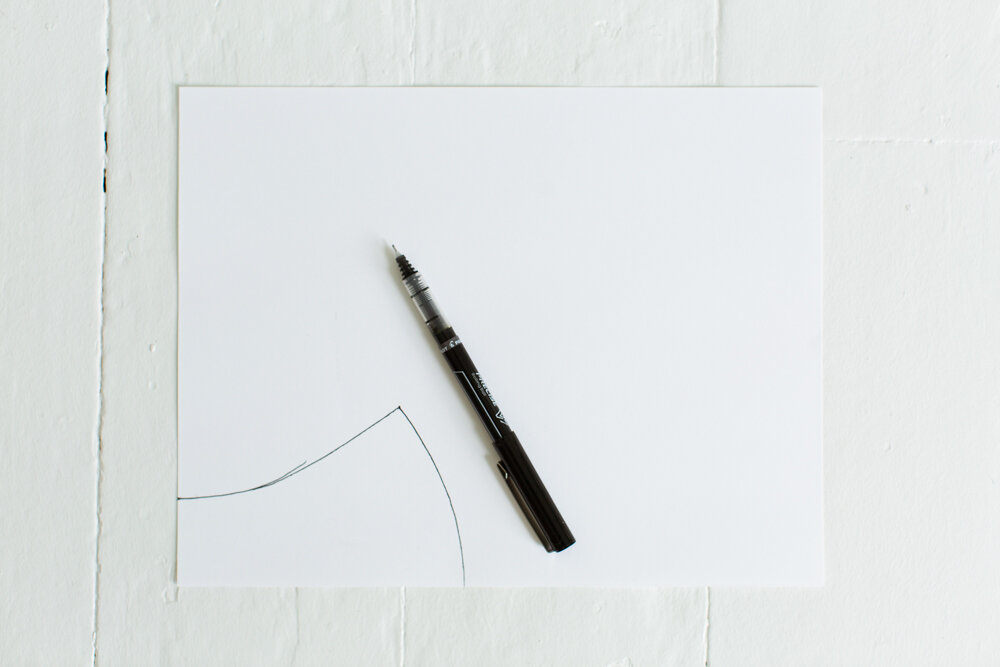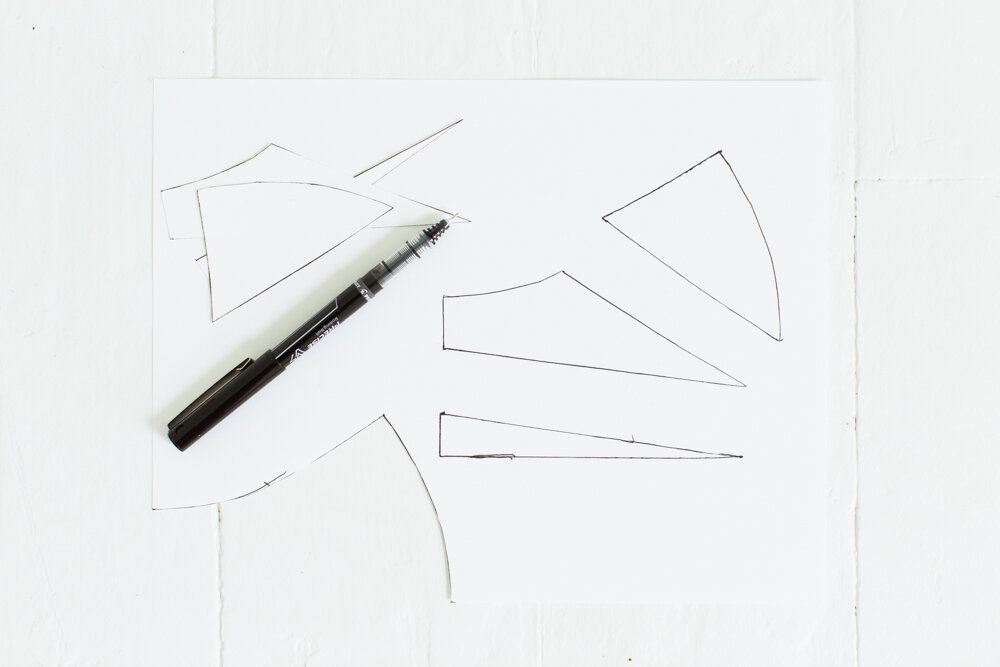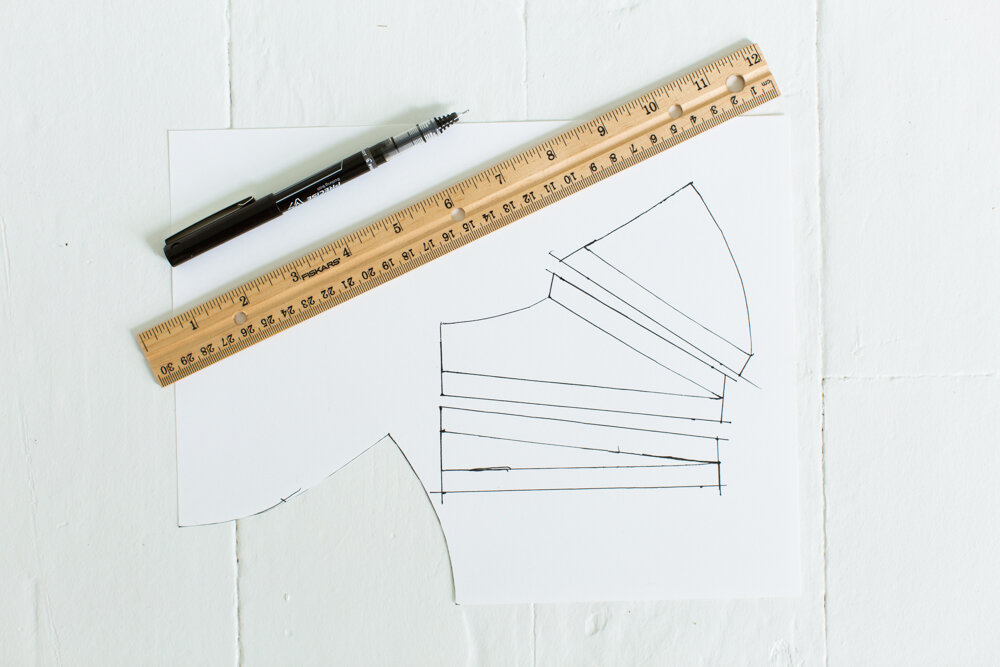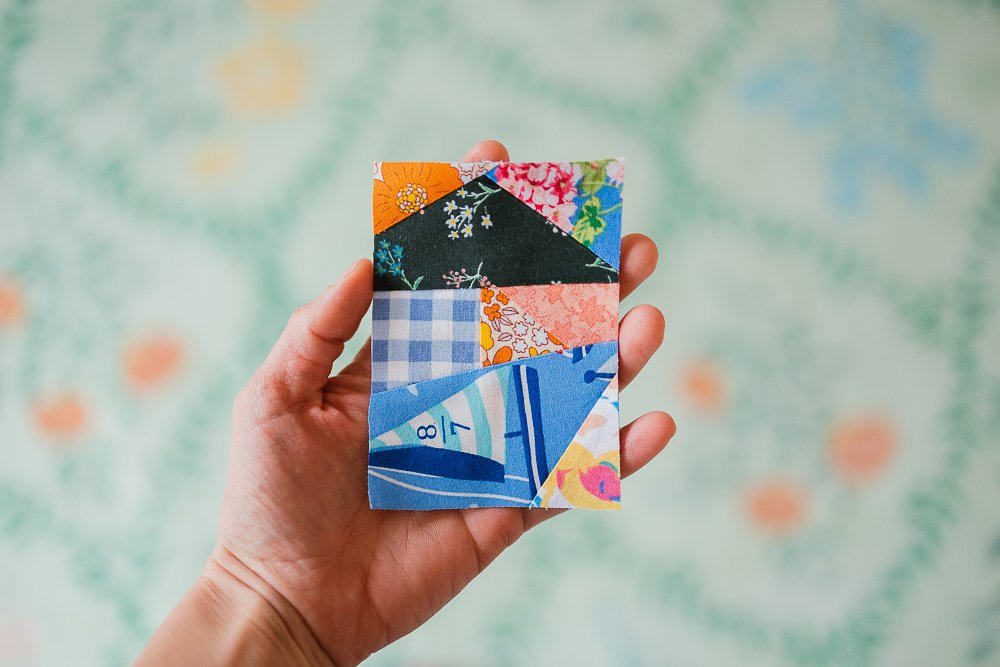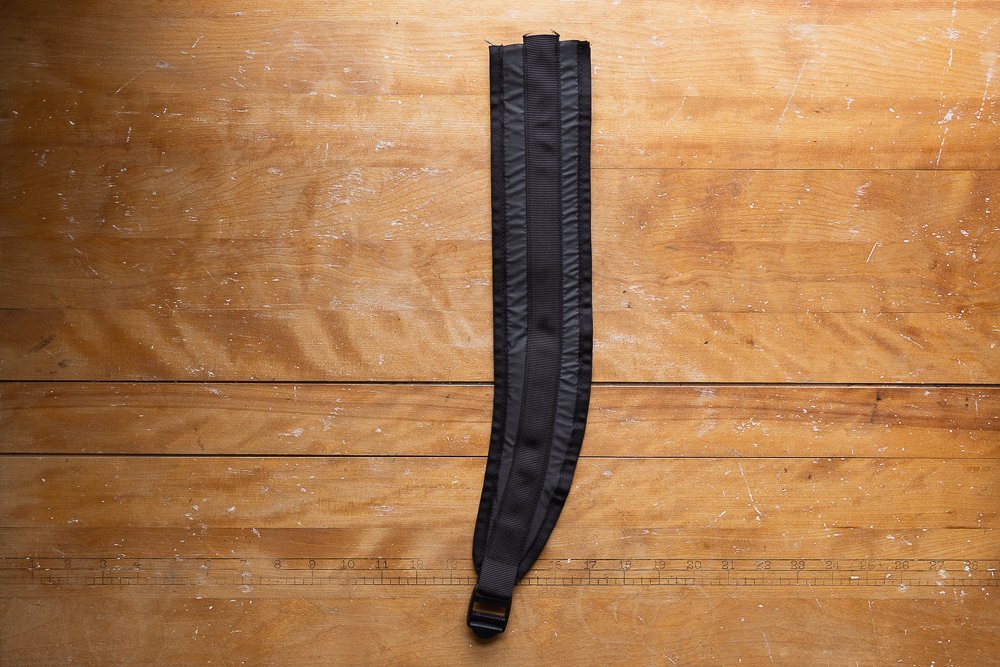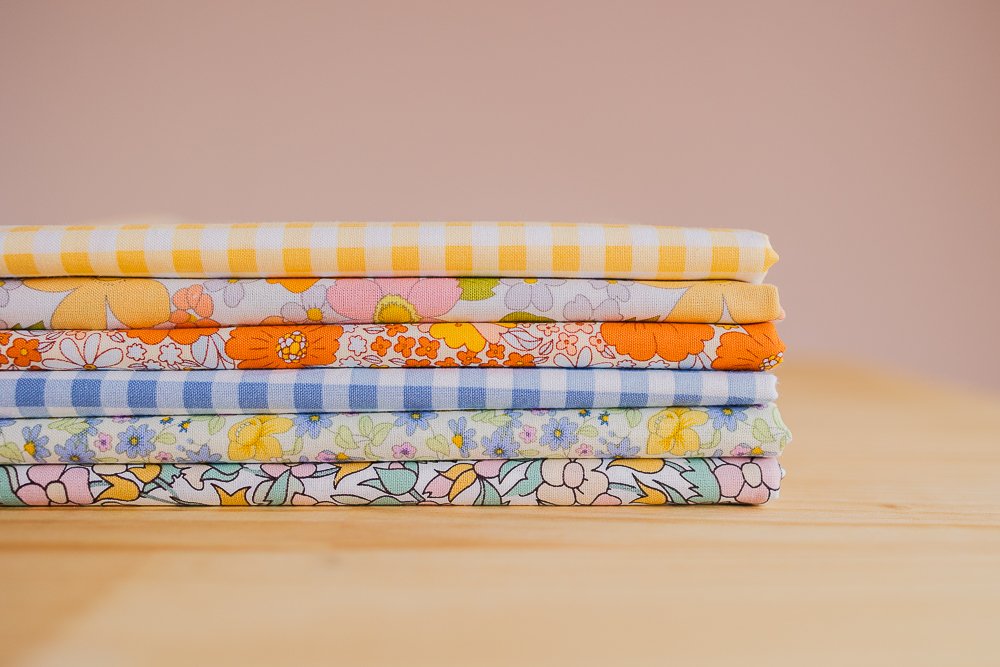Here is a fun guide for selecting the perfect fabric to make your ideal Sweet Pea Sweatsuit vision a reality.
What is this fabric called?
It’s called sweatshirt fabric (even if making pants) and is in the knit category on websites and in stores.
Stretchy vs non stretchy
There are stretch and non stretch sweatshirt fabrics. The non stretch is easier to manage on the sewing machine. If you are a beginner, I recommend getting non stretch.
Fabric descriptions don’t always say if it has stretch or not, so don’t sweat it too much if you can’t find it in the description. It will turn out beautifully either way, just an extra good challenge to sew when it has some stretch.
Fabric weight
Here are some descriptions to serve as a starting point for figuring out weight.
10 oz — This is on the light side of the sweatshirt fabric spectrum. It’s heavier than a t-shirt weight, but quite a light sweatshirt. It barely crosses over into sweatshirt-land from long-sleeve-shirt-land.
I don’t recommend this weight for the Sweet Pea Sweatsuit and mention it mostly for the context of understanding sweatshirt fabric weight, but if you want a really lightweight sweatsuit, this would be a good option.
14 oz — This is solidly in the middle of sweatshirt-land. Not one you wear on the coldest of winter nights, but one you grab to go on a picnic on a cool summer evening, or use to layer underneath a puffy jacket as you fly down the hillside on your childhood sled.
20 oz - The most delicious of all fabrics in sweatshirt-land. Thick, firmly soft, confidently durable, wears beautifully with time. This is the one to go with if you want a long lasting sweatsuit that makes you feel extra held together and hugged. A sweatsuit to go through years of memories with you. Think of the thickest hoodie you’ve ever owned or wanted to steal from your sister. This is it.
Fabric content
I recommend 100% cotton fabrics because they age well with wear. Have you ever found one of those cool thick sweatshirts from a thrift store or family member that is 20 or 30 years old and maybe has some holes and the trim is a little tattered but you love it and wear it anyway because it’s so soft? Those are usually 100% cotton sweatshirts.
Ribbing
Ribbing is used for the cuffs, waistband, and neckband on sweatshirts. Although ribbing is it’s own category within knit fabrics and works the best, you can use any thick-ish knit fabric that has 20% or more stretch.
The ideal fabric for the cuffs, waistband, and neckband is high stretch and high recovery knit. “Recovery” is when a fabric goes back to its original width and shape after being stretched.
This is 100% cotton sweatshirt fabric in 16 oz weight.
This is 100% cotton sweatshirt fabric in 16 oz weight. Cuffs, waistband, and neckband is high stretch, high recovery ribbing.
This is 100% cotton sweatshirt fabric in 20 oz weight.
This is 100% cotton sweatshirt fabric in 20 oz weight.
All of the fabric used to make samples for these patterns came from Nick of Time Textiles. They have a delicious selection. (Not sponsored)





